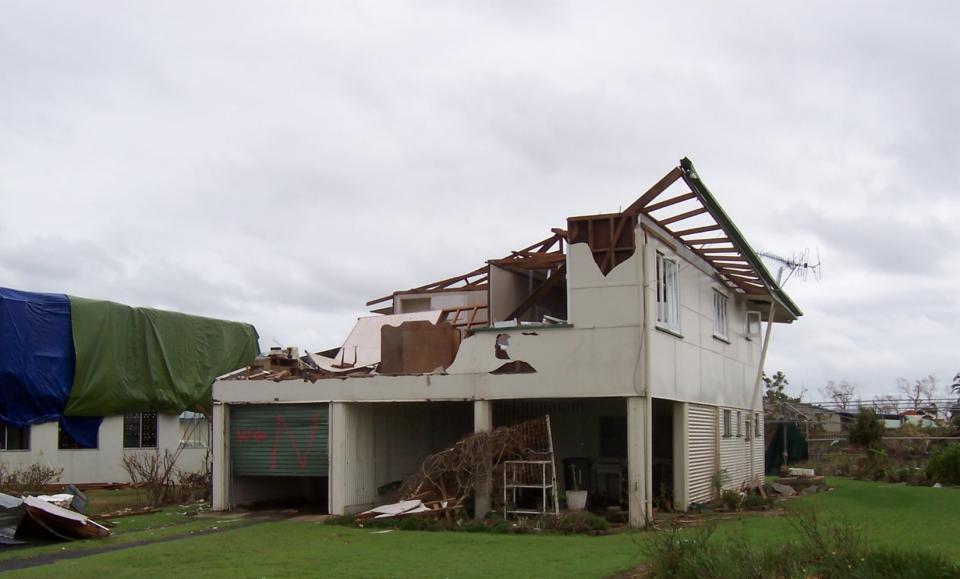
PUBLICATIONS
Published works

Improving the resilience of existing housing to severe wind events - final project report
| Title | Improving the resilience of existing housing to severe wind events - final project report |
| Publication Type | Report |
| Year of Publication | 2021 |
| Authors | Ginger, J, Parackal, K, Henderson, D, Wehner, M, Ryu, H, Edwards, M |
| Document Number | 656 |
| Date Published | 03/2021 |
| Institution | Bushfire and Natural Hazards CRC |
| City | Melbourne |
| Report Number | 656 |
| Keywords | cyclone, events, existing housing, resilience, severe, wind |
| Abstract | This BNHCRC project titled: Improving the resilience of existing housing to severe wind events prescribes practical structural retrofits that will make improvements to the performance of Pre-80s (Legacy) houses in windstorms as well as measures to reduce damage and loss to contemporary houses. Damage investigations carried out by the Cyclone Testing Station (CTS) following severe windstorms have typically shown that houses built prior to the mid-1980s in Australia perform worse than houses constructed to contemporary building standards, during windstorms. Given that these older houses are a significant proportion of the housing stock, practical structural upgrading based on the latest research may improve performance of housing and the economic and social wellbeing of a community. Some details for structural retrofitting currently exist, but their uptake is limited, and there is also evidence that these are not carried out when houses require repairs following severe storms. Therefore, the issues of retrofitting legacy housing, including feasibility and benefit-cost are analysed in this project. The primary objective of this study was to identify vulnerable legacy house types across Australia and develop cost-effective retrofits for mitigating damage during windstorms. These evidence-based strategies will (a) aid policy formulation and decision making by Government and industry, and (b) provide guidelines detailing various options and benefits to homeowners and the industry for retrofitting typical at-risk houses in Australia. The main aims were to:
This report presents an overview of the research approach used for this project including the selection of house types, the development of the VAWS software and the Internet-based guidelines. A case study is presented of the vulnerability and benefit cost assessment of one of the selected house types, with the complete set of results presented in the Appendices. These results show that tile roofed houses in cyclonic regions of Australia benefit the most from retrofitting for severe wind events. The benefit-cost ratios for these tile roof houses and other house types are expected to improve when accounting for intangible costs, which are currently not included in the analyses presented in this report. In addition, examples of the impacts and utilisation of this project including the Queensland Government Housing Resilience Program are also presented. |
| Refereed Designation | Refereed |
Published Works


